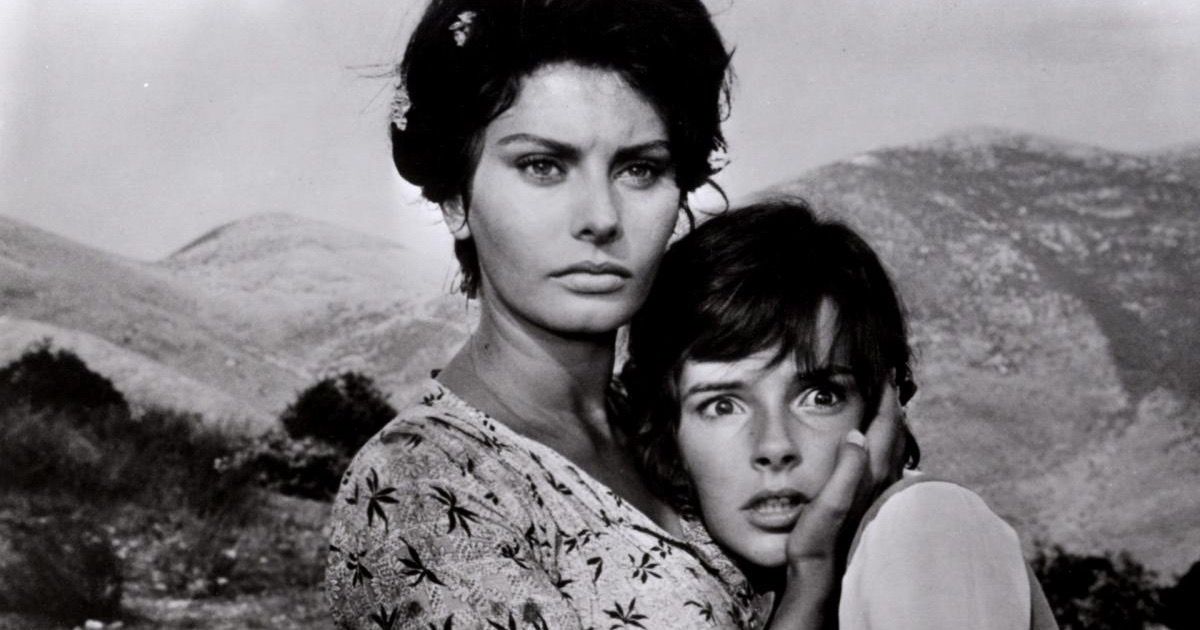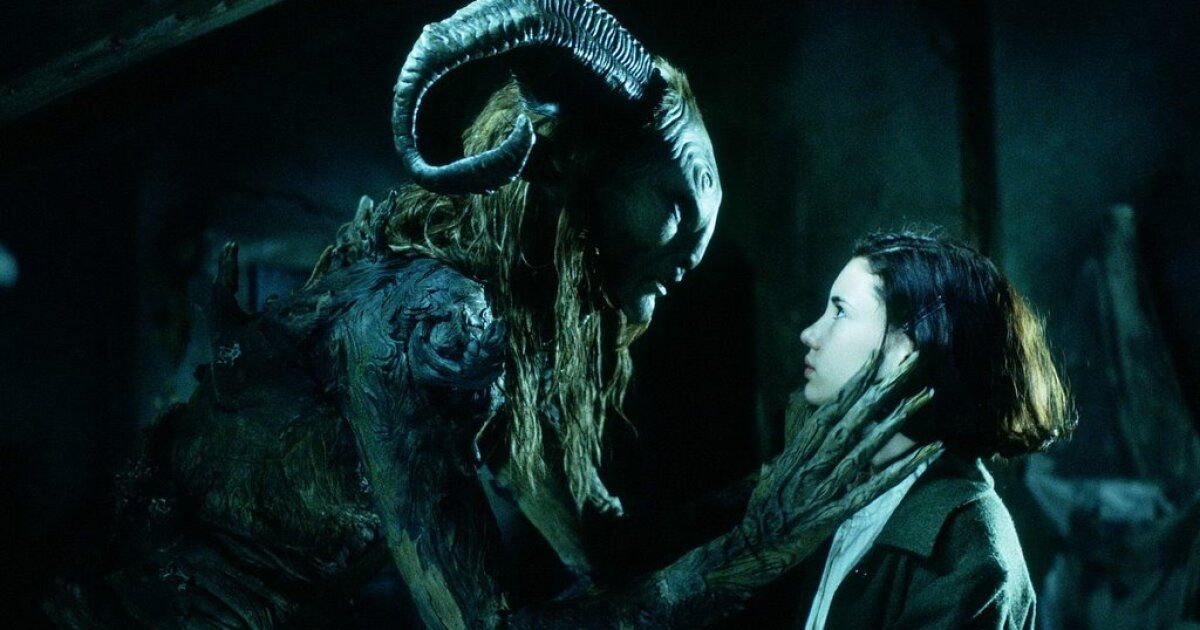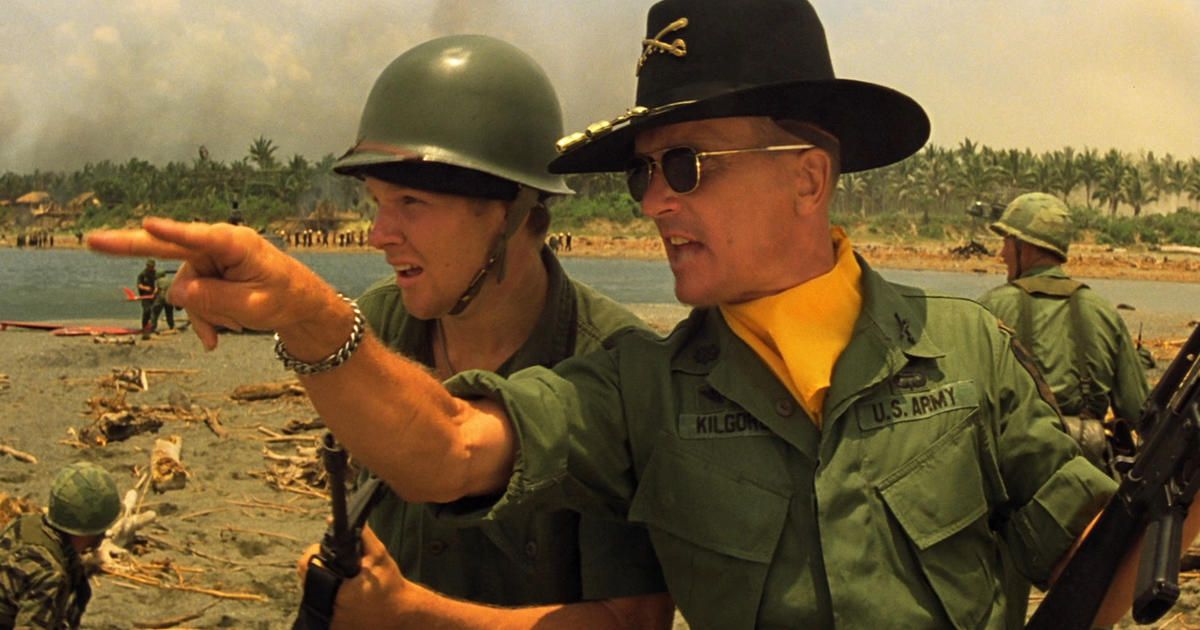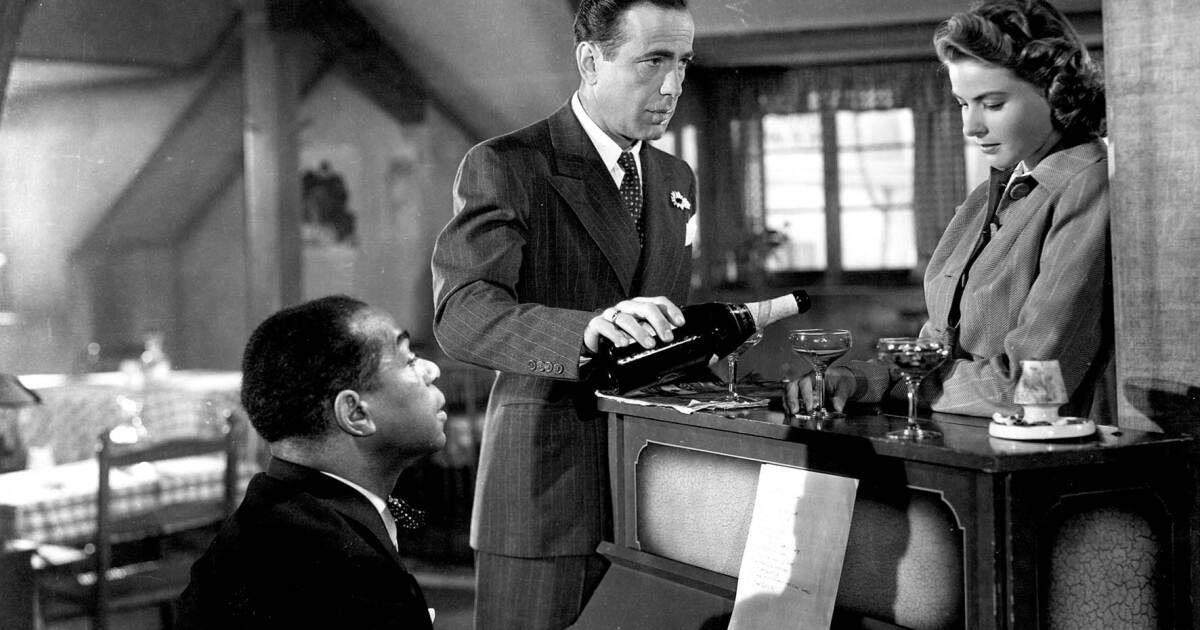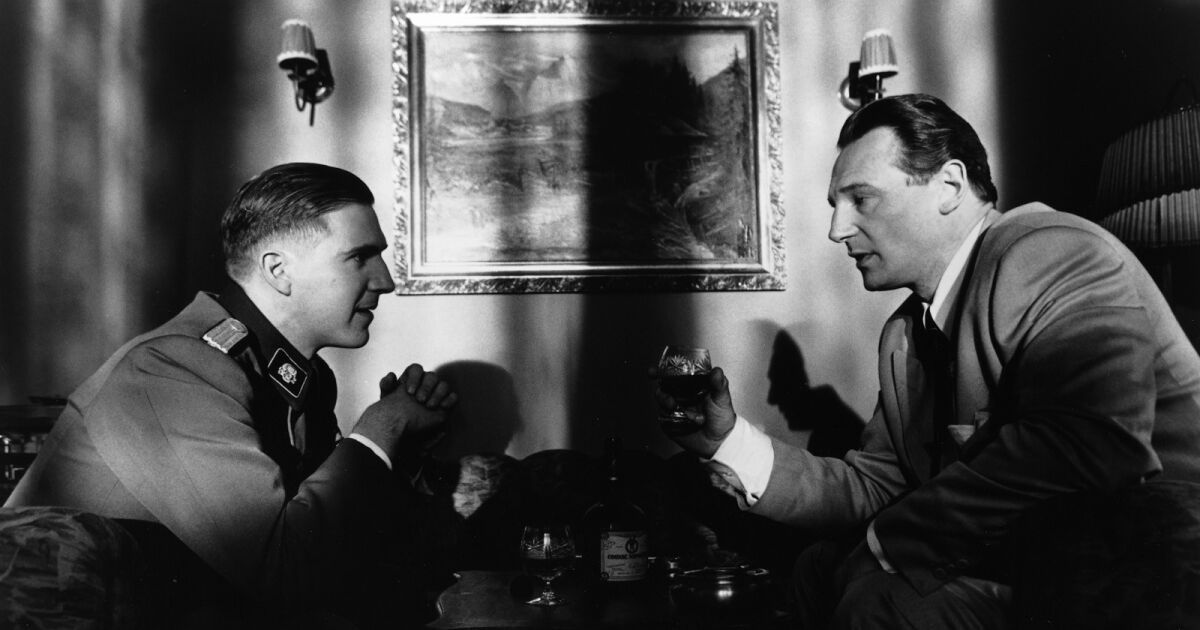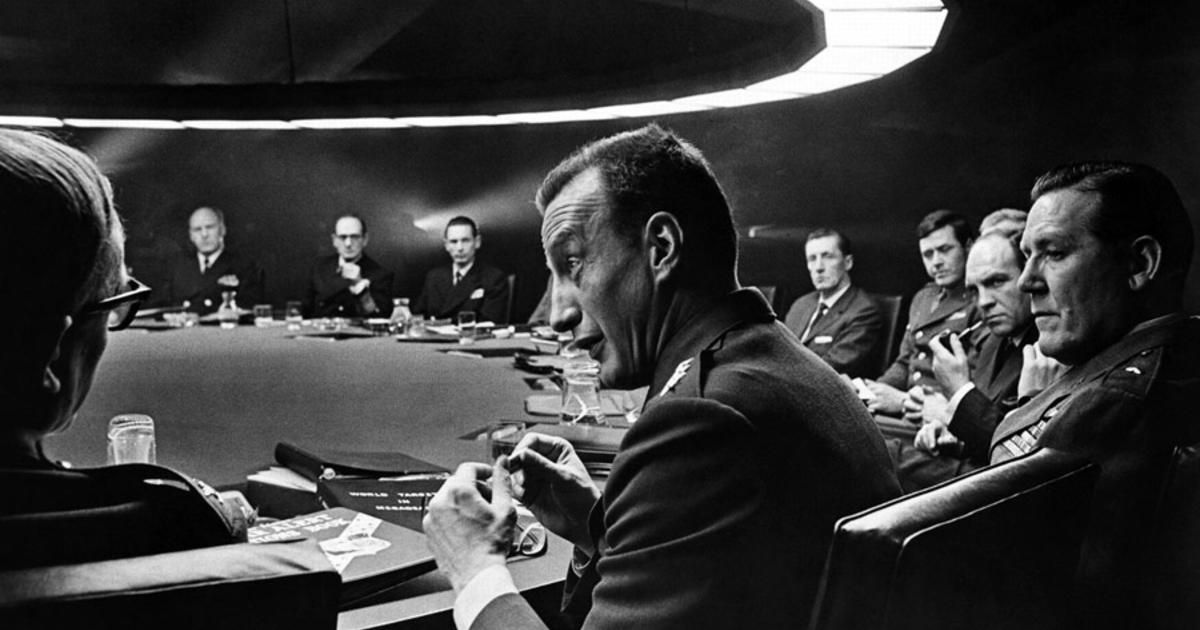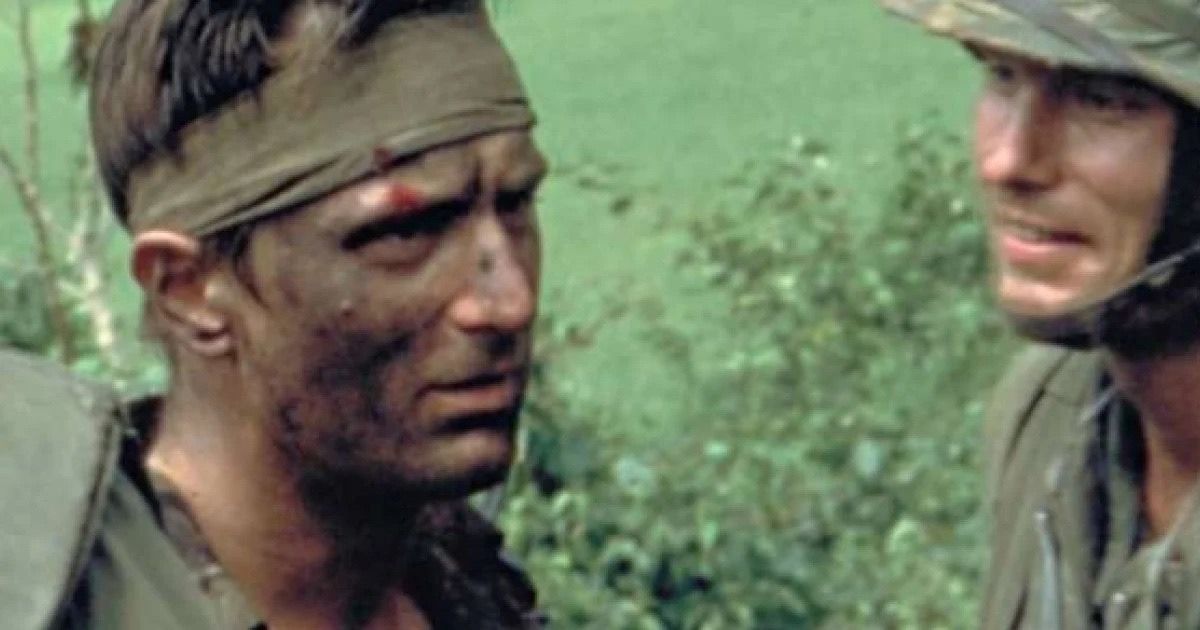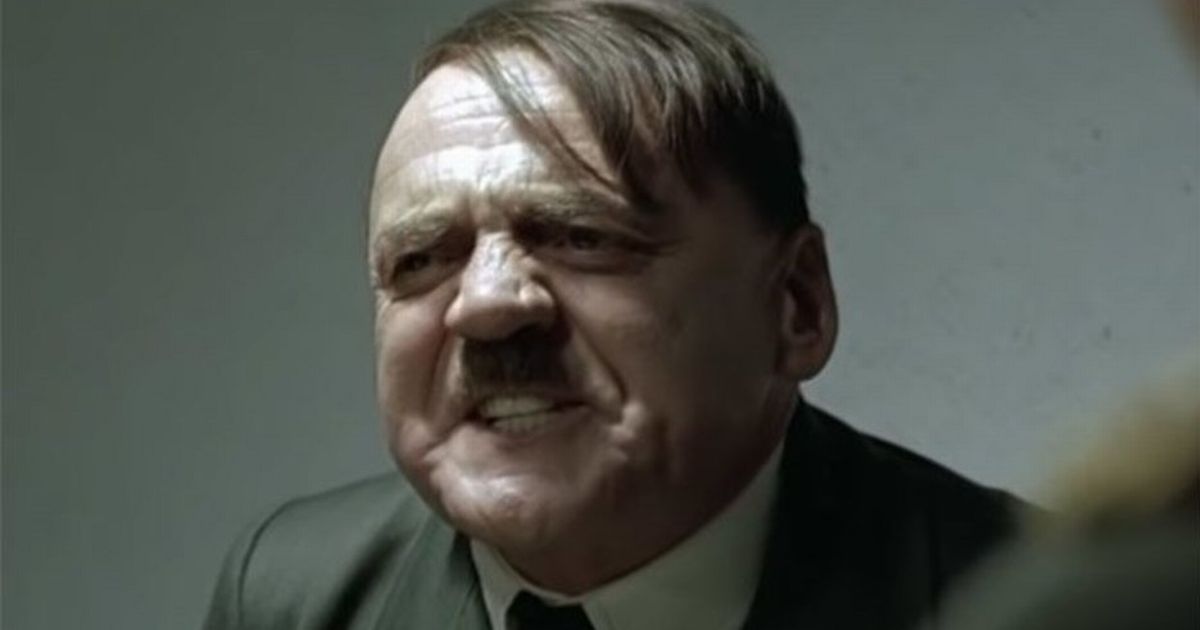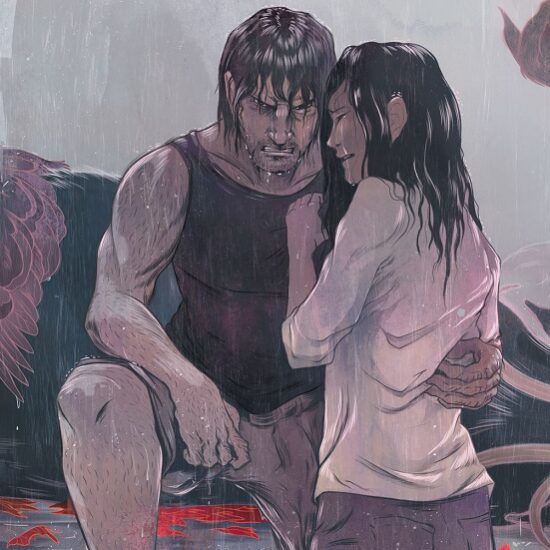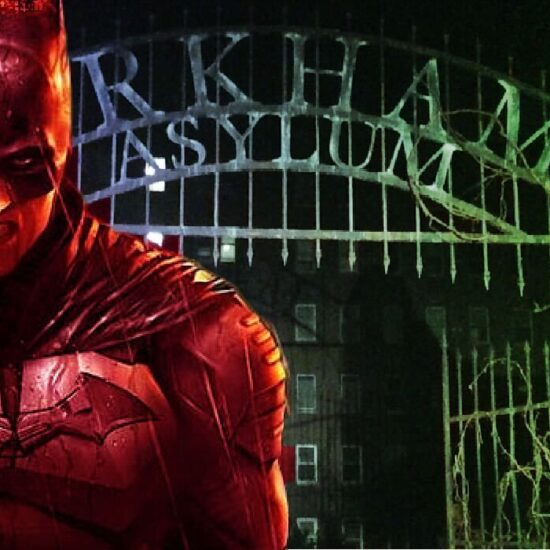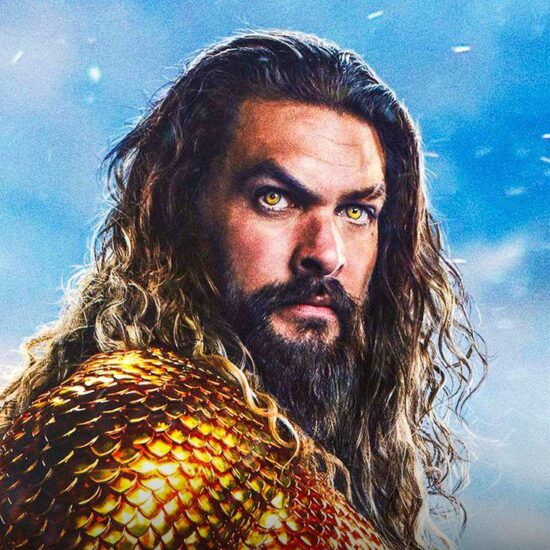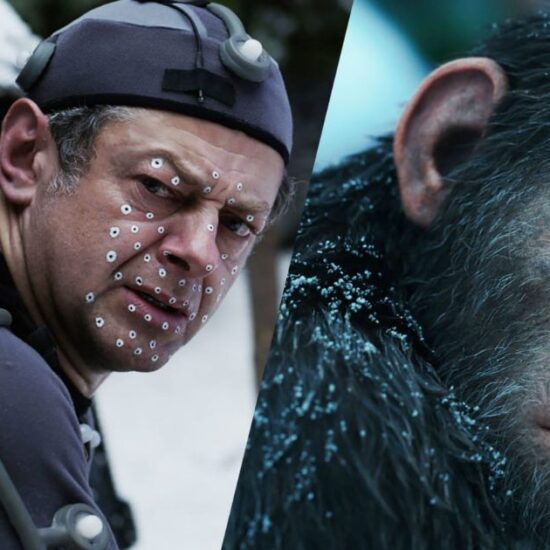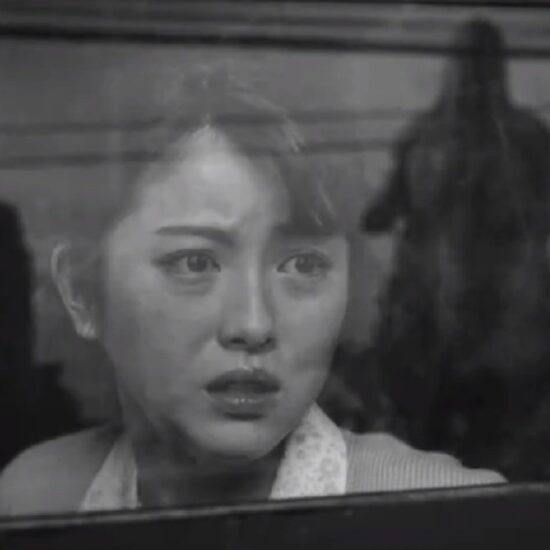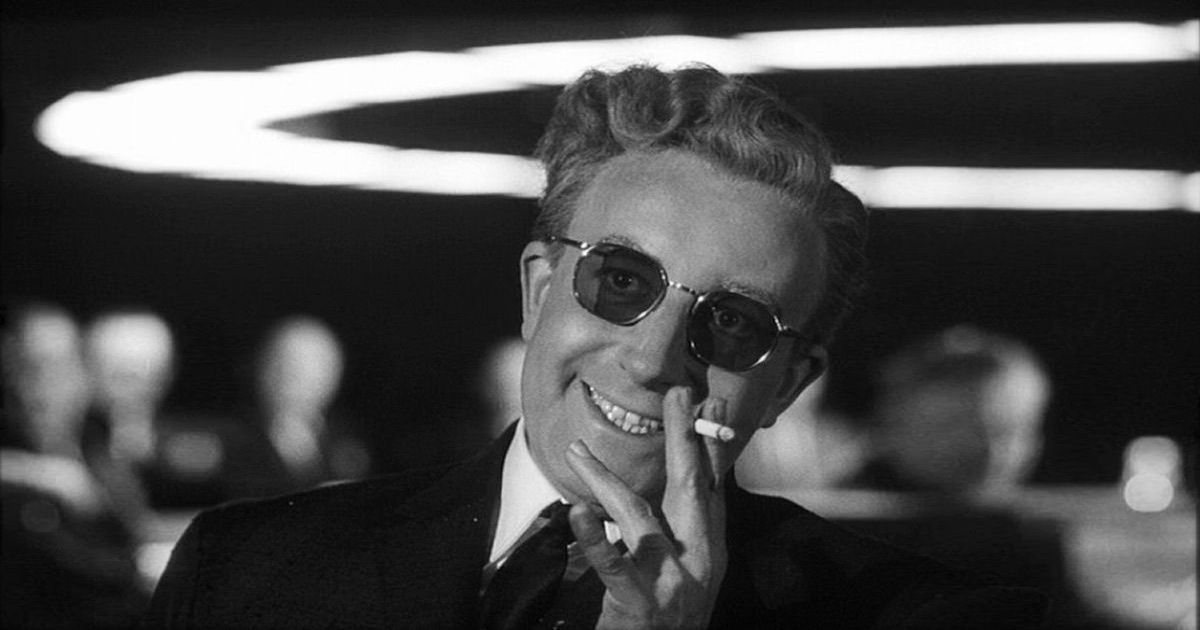
War movies generally get their acclaim for their accuracy in portraying the field of battle, the realism of the explosions and gore that are part and parcel of warfare. But as we know all too well, the battlefield is only a part of war. There are the families left behind when soldiers go off to war, and families that must flee fighting. There are prisoners of war and victims of concentration camps. There are diplomats and freedom fighters trying to change the outcome from a different vantage point.
Let’s look at a list of films that approach war from a different angle, at the way war is also played out off of the battlefield.
10 Life is Beautiful (1997)
Roberto Begnini splashed onto the international scene in 1997 with a war film like no other. In Life Is Beautiful, he plays an Italian Jew named Guido who falls in love with a Gentile, Dora, and life seems picture-perfect as they open a bookstore and have a sweet son named Giosuè. But WWII arrives and Guido and Giosuè are taken to a concentration camp, with the desperate Dora (Nicoletta Braschi, Begnini’s real-life wife) volunteering to go with them.
Through a series of elaborate stunts and ruses, Guido keeps the truth of the camp from Giosuè, successfully persuading him that they are all playing a highly complicated game, and even as Guido is led to his death, he keeps up the charade that all is well for his son’s sake. Giosuè and his mother survive and are reunited, the little boy none the wiser about what has really gone on. Begnini was inspired to make the film for his father, who himself spent time in a Nazi labor camp, and preferred to use humor when telling people about his experiences.
9 Two Women (1960)
Sophia Loren was still in her twenties when she won a Best Actress Oscar for her performance as the widowed Cesira in Vittorio de Sica’s 1960 drama. It’s the grim story of Cesira’s struggle to keep her daughter Rosetta safe after fleeing a bombardment on Rome for the supposed safety of the countryside where Cesira’s family is from. Even before leaving Rome, Cesira trades on her sexuality, sleeping with a man in exchange for him keeping an eye on her shop, and things only get worse.
Once Rome has been taken by the Allies and is considered the safer option, mother and daughter are sexually assaulted by soldiers in a church as they attempt to return. Jean-Paul Belmondo as Michele is a possible love interest for Cesira and a father figure to Rosetta, but that is not to be either. It’s a stark and brutal movie, portraying the often hideous impact that war has on women in particular.
8 Pan’s Labyrinth (2006)
Guillermo del Toro’s genre-blurring hit is so many things at once: dark fantasy, horror, and a coming-of-age film, but let’s not forget that it is also a war film, set during the early days of Franco’s regime after the Spanish Civil War, at the tail end of WWII. 10-year-old Ofelia is already in a stressful situation, dealing with her Falangist stepfather, Captain Vidal, while trying to care for her frail, pregnant mother. Ofelia is lured into a magical underworld labyrinth, where she hopes to find the tools to protect her mother, but she is continually stymied in the completion of tasks given her by the labyrinth’s faun, trying to stop Vidal from capturing or killing runaway rebels.
Del Toro has specifically referenced another classic Spanish film, The Spirit of the Beehive, as an influence when juxtaposing war and horror with a movie about a child.
7 Apocalypse Now (1979)
You’ll be forgiven for misremembering whether or not Francis Ford Coppola’s iconic 1979 war movie had any battlefield scenes, as for one without any, it is still rife with violence. In the retelling of Joseph Conrad’s similarly iconic 1899 novella Heart of Darkness, we follow the tale of Captain Willard (Martin Sheen), who is on his way to Cambodia to kill the insane Colonel Kurtz (Marlon Brando), who is waging his own unsanctioned guerrilla warfare against the backdrop of the Vietnam War.
Willard travels by naval patrol boat, meeting a number of terrifying characters along the way, including Robert Duvall’s Lieutenant Colonel Kilgore, he of the famous “I love the smell of napalm in the morning” quote. The film is a heady mix of drugs, surfing, testosterone, and violence, with Kurtz eventually dying after Willard attacks him with a machete. It is a movie of men numbed by war but well-accustomed to the violence and insanity that go with it.
6 Casablanca (1942)
1942’s Casablanca was not only set during WWII, it was still raging as it was filmed. American ex-pat Rick Blaine (Humphrey Bogart) runs a popular nightclub in Morocco, where refugees of every stripe meet in hopes of making the contacts that can get them back home. The town is getting tense, and that’s when Blaine’s old flame Ilsa (Ingrid Bergman) shows up, looking for a way out herself, along with her Czech resistance fighter husband.
We flash back to see Rick and Ilsa back in Paris in 1940, when Ilsa thought her husband was dead, and the threat of the Battle of France had the two lovers preparing to run away together. It’s one of the most famous movie love triangles of all time, with every twist and turn orchestrated by the war going on around the lovers, just off-screen.
5 Schindler’s List (1993)
Spielberg’s 1993 masterpiece told the epic story of Oskar Schindler (Liam Neeson), a German businessman and Nazi party member whose WWII efforts saw him save over a thousand Polish Jews from almost certain death in concentration camps by employing them in his factories. Filmed in stark black and white, Schindler must continue to make nice with his Nazi associates, and keep on the good side of the terrifying SS Lieutenant Amon Göth (a remarkable Ralph Fiennes) as he gets out as many of the camp inmates as possible.
The battles here are fought on factory floors, in a crowded ghetto, and at glittering parties where Schindler greases palms and outwits Nazis. But it is every bit as brutal as a movie set in the trenches, bringing the horrors of the Holocaust into sharp definition.
4 Dr. Strangelove or: How I Learned to Stop Worrying and Love the Bomb (1964)
Stanley Kubrick took on the Cold War in 1964, with a dark and hilarious satire starring luminaries such as Peter Sellers (in three roles) and George C. Scott, and marked James Earl Jones’ film debut. There are umpteen films featuring terrified soldiers in the trenches, railing against the clueless higher-ups who decide their fates, well this one is about those higher-ups and how reckless they really are.
A paranoid general, played by Sterling Hayden, is hell-bent on a preemptive nuclear strike against the then-Soviet Union, and the US president, his advisors, and a team of others is scrambling to stop it. And of course, there is the titular Dr. Strangelove (Sellers in a career-defining role), a nuclear expert who happens to be a former Nazi. It’s all more than a little bit insane, and there’s likely more truth to it all than the rest of us would like.
3 The Deer Hunter (1978)
Yet another film that you would be forgiven for misremembering as having battle scenes, given its undeniable brutality. Michael CImino’s 1978 drama made stars of Robert De Niro, Christopher Walken, Meryl Streep, and the tragic John Cazale, and is the story of three friends who go off to the Vietnam War. From a wedding to a deer hunt to a Viet Cong prison camp and back home, the three friends endure captivity, torture, horrific injury, and PTSD. The film has taken some flak for historical inaccuracies, but where it shines is in the depiction of the inability of these men to leave the war behind them, all without showing us a battlefield.
2 Forbidden Games (1952)
Rene Clément’s 1952 wartime classic (Le Jeux Interdit in the original French) is set in June 1940, during the French Campaign. It begins with citizens fleeing Paris, and little Paulette’s (Brigitte Fossey) parents and pet dog are killed during an airborne assault. She finds refuge with a peasant family who has a little boy, Michel (Georges Poujouly) who takes Paulette under his wing. Left largely to their own devices, the children formulate their own ideas of how life, death, and war work, establishing a secret animal graveyard in a barn, stealing crosses from the church cemetery, and incurring the wrath of the villagers.
The film is a success due to the talents of the young protagonists, a tragic reminder that while adults are waging war, children are trying to make sense of it.
1 Downfall (2004)
Renowned actor Bruno Ganz is unparalleled in this chilling 2004 depiction of Hitler’s last days sequestered in an underground bunker. He portrays Hitler as a frail and demented man who has lost his grip on the empire he once ruled over with ease, a portrayal that some critics found to show too much of a human side of one of history’s greatest villains. But it’s a fascinating look at him and the group of people who were in the bunker with him, including his mistress Eva Braun, whom he married shortly before their joint suicide, and Joseph Goebbels and his wife Magda, who poisons each of their six children with cyanide capsules in their sleep.
At first, there is a stubborn denial to believe that everything is really falling apart, as Braun hosts a party in the bunker. But the news from above ground, and Hitler’s increasingly unstable mental state, prove otherwise. It’s a little like watching karma in action, as this group of people who orchestrated so much of the killing above realize that they are in fact doomed.







